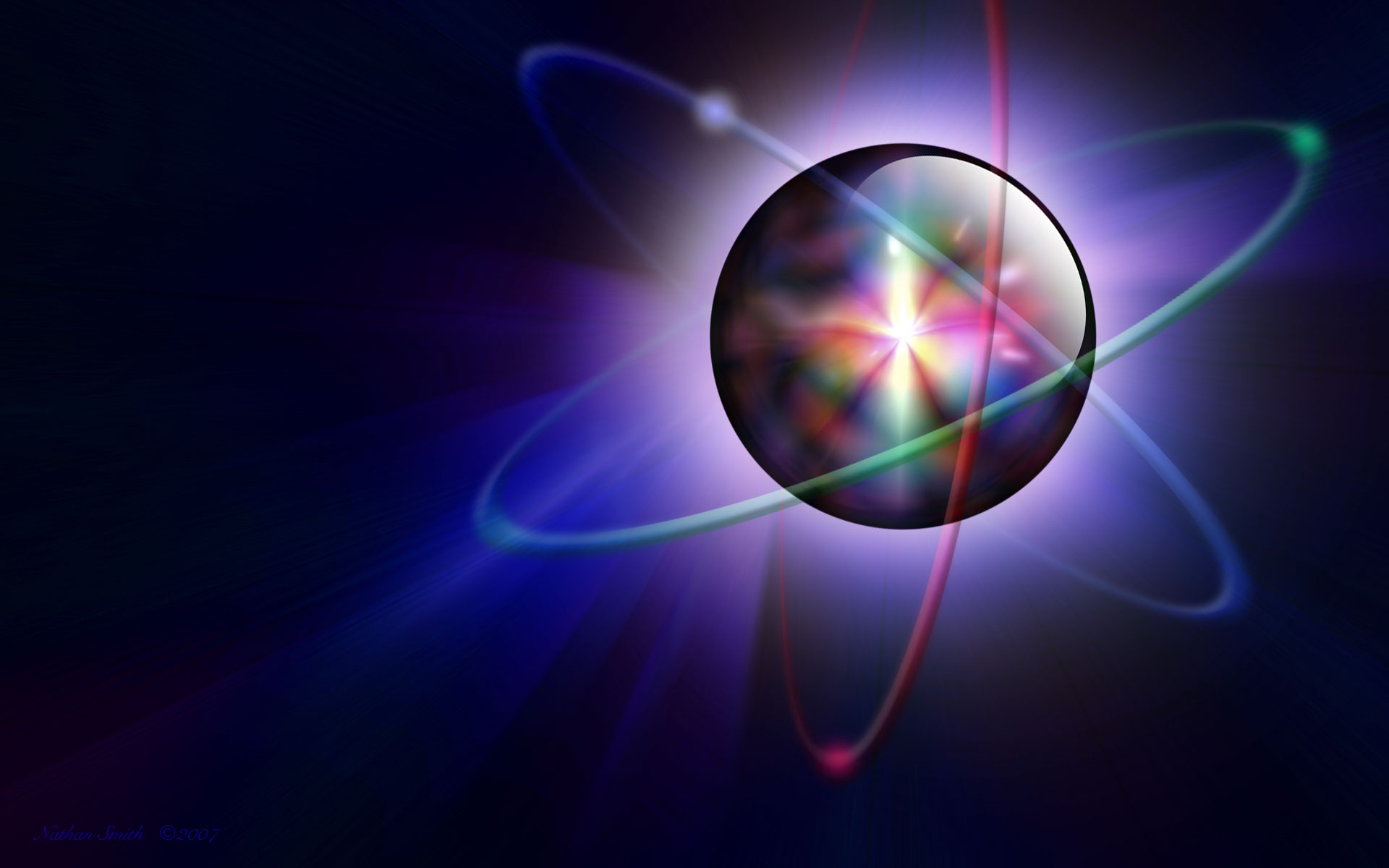Chemical Structure and Bonding

Chemical Structures & Bonding Introduction.
Chemical structures refer to the arrangement of atoms and chemical bonds in a molecule or compound. Understanding chemical structures is important for predicting the properties and behaviour of substances, such as their reactivity, polarity, and solubility. Here are some key concepts about chemical structures:
- Lewis Structures: Lewis structures are diagrams that show the valence electrons of an atom as dots or lines, and the bonds between atoms as lines. They are used to represent the electronic configuration of molecules and predict their geometry and reactivity. Formal charge is used to determine the most stable Lewis structure for a given molecule.
- Molecular Geometry: Molecular geometry refers to the three-dimensional arrangement of atoms in a molecule. The shape of a molecule is determined by the number of electron groups around the central atom, the number of bonding and nonbonding electrons, and the repulsion between them. Molecular geometry can be used to predict the polarity, reactivity, and physical properties of a molecule.
- Hybridization: Hybridization is the process of combining atomic orbitals to form hybrid orbitals that have different shapes and energies. Hybridization is used to explain the bonding in molecules, and it can also explain the geometry and stability of molecules. The type of hybridization depends on the number of electron groups around the central atom.
- Bonding: Chemical bonding is the process by which atoms combine to form molecules or compounds. Ionic bonding involves the transfer of electrons between atoms to form ions that attract each other electrostatically. Covalent bonding involves the sharing of electrons between atoms to form a molecule, and metallic bonding occurs when metal atoms share electrons in a lattice structure.
- Isomerism: Isomerism is a phenomenon where two or more molecules have the same molecular formula but different arrangements of atoms or bonds. Structural isomers have different arrangements of atoms in their molecules, while stereoisomers have the same arrangement of atoms but different orientations in space.
- Intermolecular Forces: Intermolecular forces are the attractive or repulsive forces between molecules. They include dipole-dipole interactions, hydrogen bonding, London dispersion forces, and ion-dipole interactions. Intermolecular forces affect the physical properties of molecules such as boiling point, melting point, and solubility.
Chemical bonding is the process by which atoms combine to form molecules or compounds. There are three main types of chemical bonds: ionic, covalent, and metallic. Understanding chemical bonding is important for predicting the properties and behavior of substances, such as their reactivity, polarity, and solubility. Here are some key concepts about chemical bonding:
- Ionic Bonding: Ionic bonding occurs when one or more electrons are transferred from one atom to another, resulting in the formation of positively charged cations and negatively charged anions. The attraction between these oppositely charged ions is called an ionic bond. Ionic compounds typically have high melting and boiling points and are soluble in polar solvents. They also tend to be brittle and have high electrical conductivity when melted or dissolved in water.
- Covalent Bonding: Covalent bonding occurs when atoms share electrons to form a stable molecule. Covalent bonds can be polar or nonpolar, depending on the electronegativity difference between the atoms. In polar covalent bonds, the electrons are shared unequally between the atoms, resulting in partial charges on each atom. In nonpolar covalent bonds, the electrons are shared equally between the atoms, resulting in no net charge on the molecule. Covalent compounds tend to have lower melting and boiling points than ionic compounds and are often insoluble in water.
- Metallic Bonding: Metallic bonding occurs when metal atoms share electrons in a lattice structure. The electrons are delocalized, meaning they are not associated with any particular atom but are free to move throughout the lattice. Metallic compounds tend to have high melting and boiling points, high electrical conductivity, and malleability.
- Intermolecular Forces: Intermolecular forces are the attractive or repulsive forces between molecules. They include dipole-dipole interactions, hydrogen bonding, London dispersion forces, and ion-dipole interactions. These forces affect the physical properties of molecules such as boiling point, melting point, and solubility.
- Hybridization: Hybridization is the process of combining atomic orbitals to form hybrid orbitals that have different shapes and energies. Hybridization is used to explain the bonding in molecules, and it can also explain the geometry and stability of molecules. The type of hybridization depends on the number of electron groups around the central atom.
- Molecular Orbitals: Molecular orbitals are the result of the combination of atomic orbitals in a molecule. They are used to explain the stability and reactivity of molecules. Bonding orbitals are formed by the constructive interference of atomic orbitals, while anti-bonding orbitals are formed by the destructive interference of atomic orbitals.
These are some important concepts in chemical bonding. To learn more about chemical bonding, it is important to study the properties and behavior of different substances and their reactions which is continued further.
